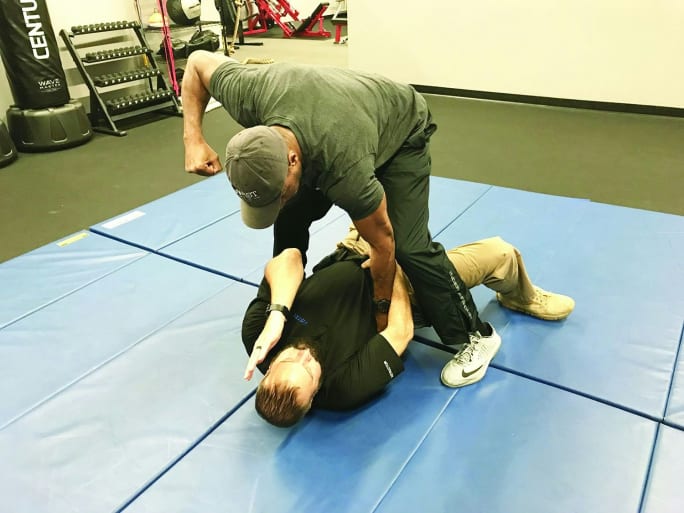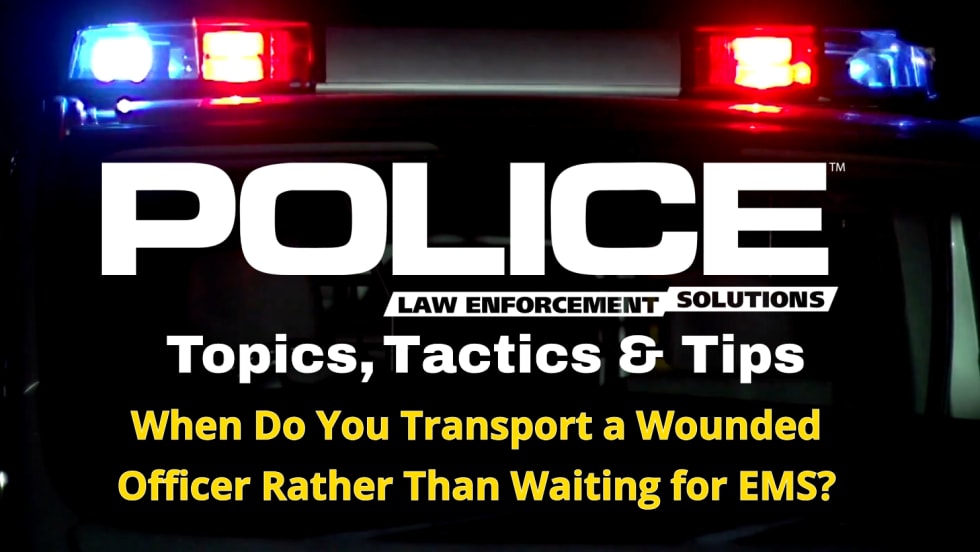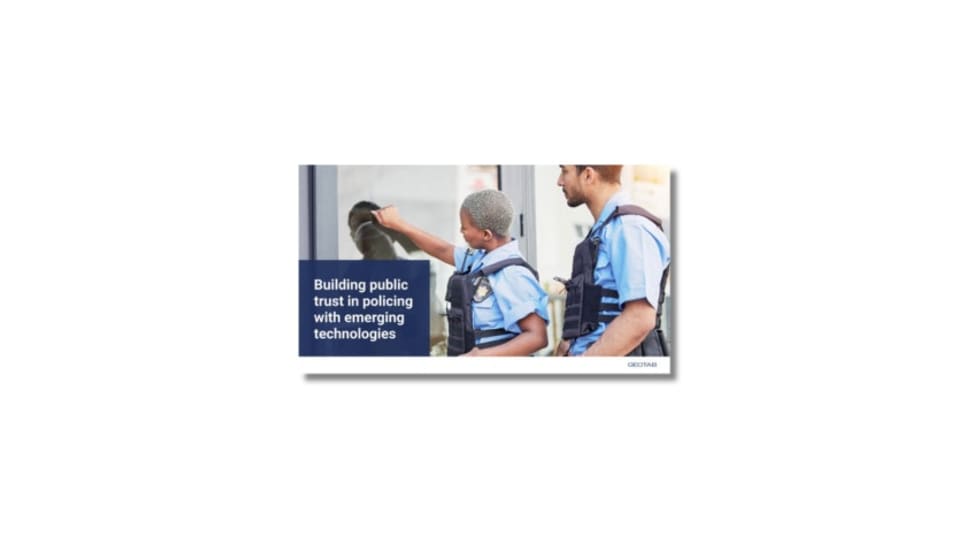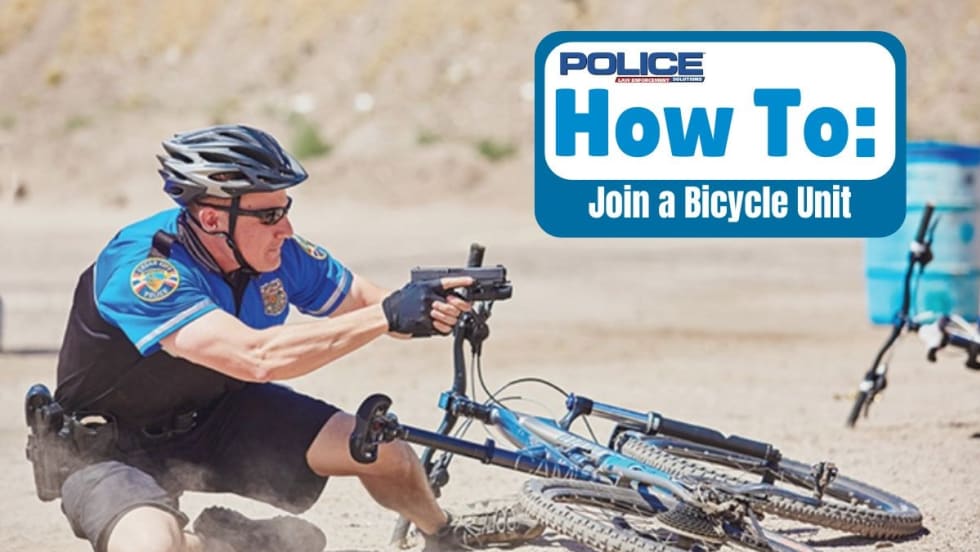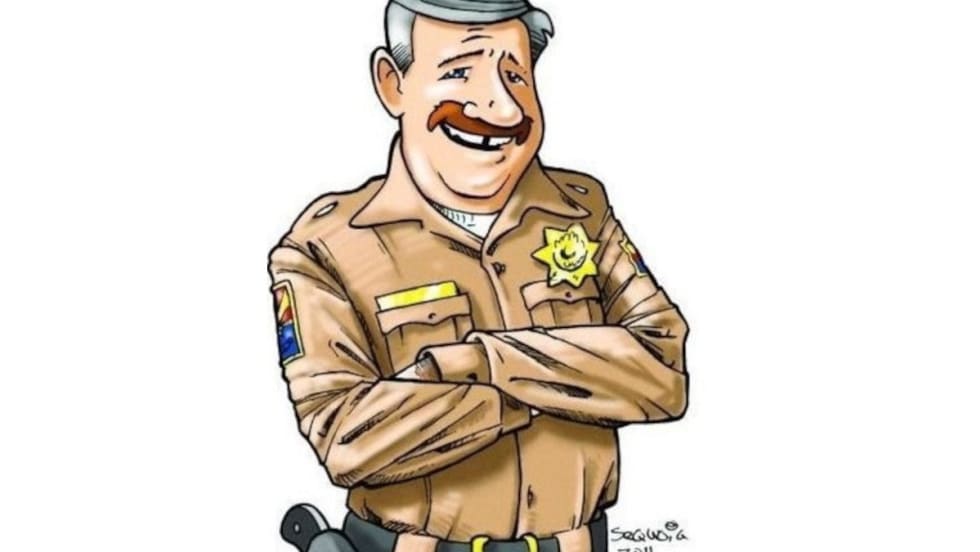As a law enforcement trainer, I often ask my students the following question: "If you were to go home tonight and see an envelope on your pillow with an invitation inside that says: 'You are going to be attacked at this location at this time and by this subject, and you are going to have your gun taken away,' would you change your lifestyle today?" Every time I ask this question all reply with a confident "Yes." My answer is to follow up with: "Well, what are you waiting for?"
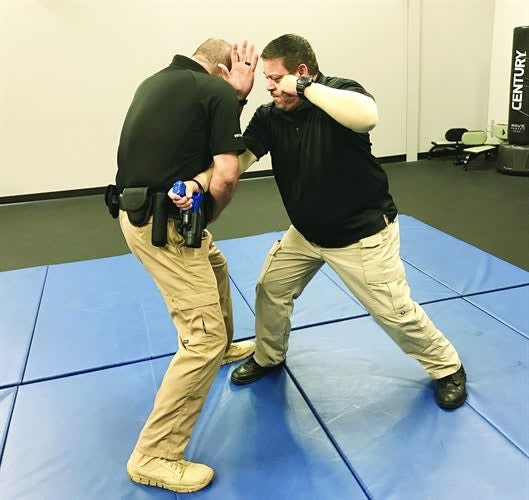
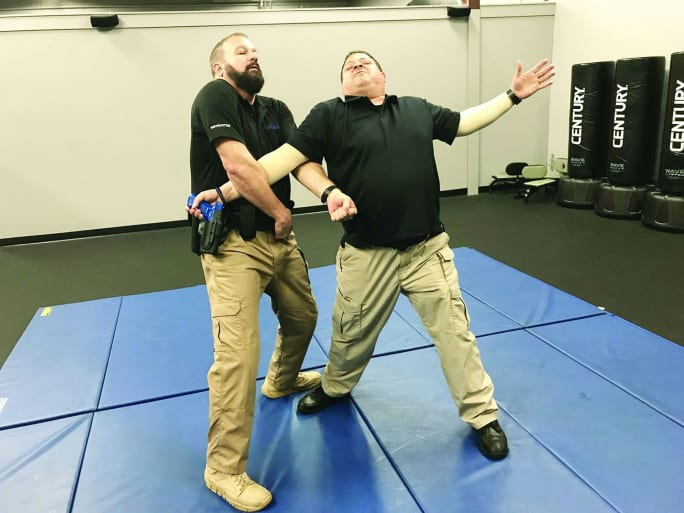
You can control your weapon using a power lock cross grab technique. Photo: Dave Young
Stories of gun grab attacks against law enforcement officers almost always read the same. On a specific date and time an officer was overpowered, assaulted, and disarmed. The facts of what happens after the officer is disarmed also have a similar ending and a tragic one. The officer is shot with his or her own firearm, innocent bystanders are killed, and/or the subject commits suicide with the officer's gun.




